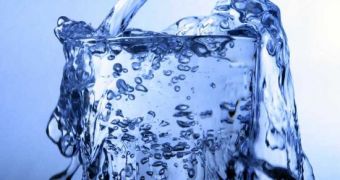A joint investigation carried out by Duke University, University of Rochester, and California State Polytechnic University researchers has revealed that shale gas wells contaminate drinking water sources and therefore constitutes a threat to public health.
The researchers say that, after analyzing 141 drinking water samples collected from wells located in Pennsylvania's Marcellus Shale, they found that 82% of them contained methane.
The samples were also found to contain traces of ethane and propane. As the researchers explain, these chemical compounds are byproducts of the natural gas processing industry.
By the looks of it, the drinking-water sources found at a distance of one kilometer (0.6 miles) or less from natural gas wells were the ones that had the highest methane concentrations.
More precisely, they were documented to contain up to six times more methane than the water sources located further away from the natural gas wells.
They also contained 23 times more ethane.
The gases are believed to stray away from the shale gas wells and end up being absorbed by the water sources.
“The methane, ethane and propane data, and new evidence from hydrocarbon and helium content, all suggest that drilling has affected some homeowners’ water,” stated Professor Robert B. Jackson, as cited on the official website for the Duke University.
“In a minority of cases the gas even looks Marcellus-like, probably caused by poor well construction,” the Professor went on to say.
The process of extracting shale gas involves both horizontal drilling and hydraulic fracturing.
Several other previous studies have shown that such practices can contaminate whatever drinking water supplies are found in their proximity and thus endanger public health.
Commenting on the findings of this investigation, researcher Avner Vengosh stated as follows:
“The new data reinforces our earlier observations that stray gases contaminate drinking water wells in some areas of the Marcellus shale.”
“The question is what is happening in other shale gas basins,” he added.

 14 DAY TRIAL //
14 DAY TRIAL //